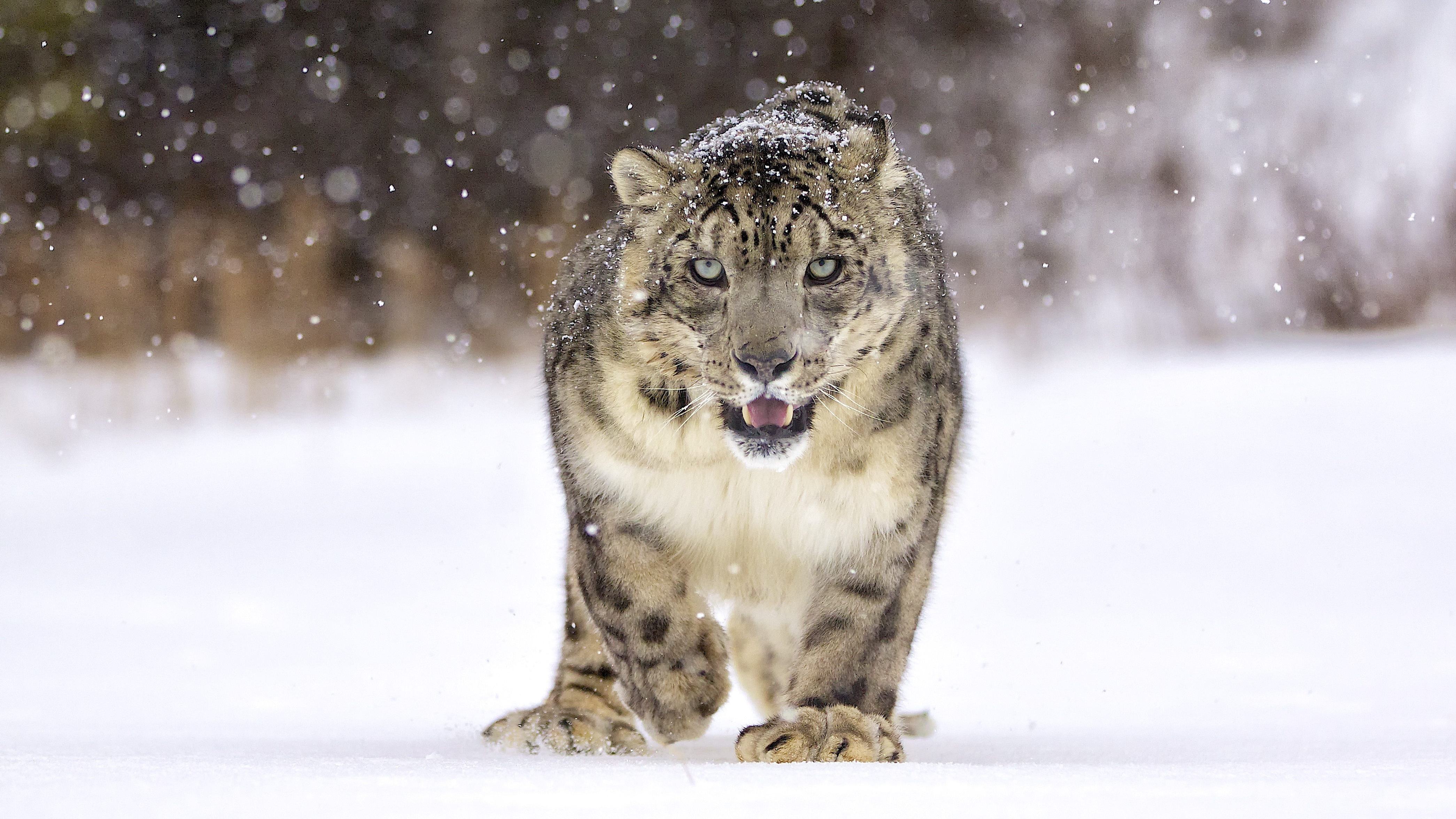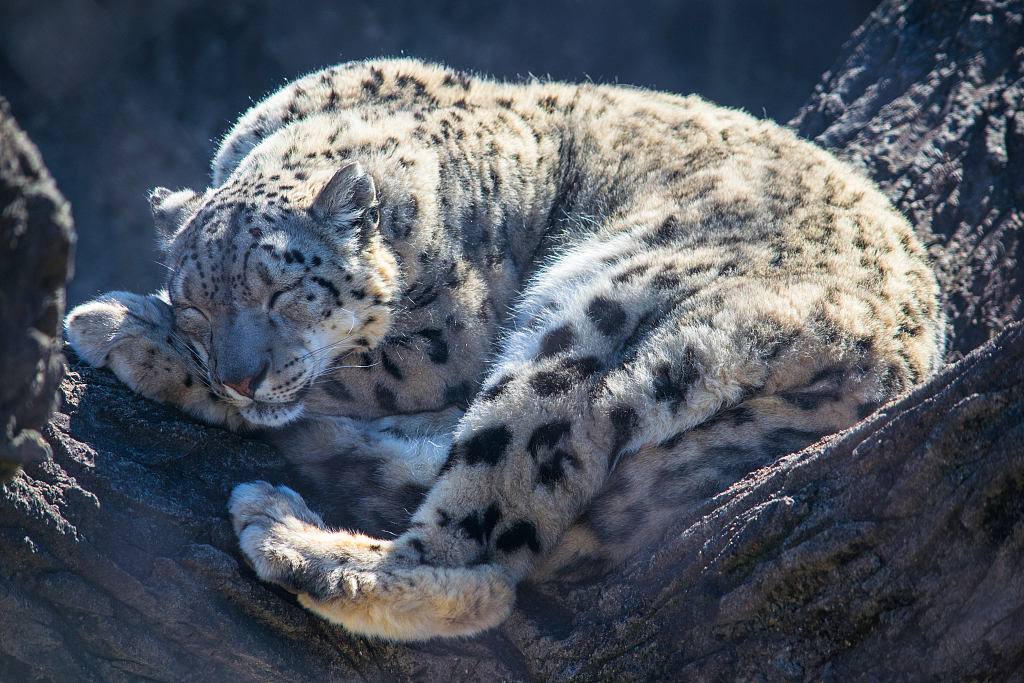00:51

Wolong National Nature Reserve in southwest China's Sichuan Province released on Thursday a monitoring report on snow leopards aimed at better protecting the vulnerable species.
Jointly conducted by the administration of the reserve and several research institutes including Peking University, the report showed distribution, habitats, and life habits of the species in the reserve between 2009 and the first half of this year.
Over the past decade, more than 4,000 video clips and photos of snow leopards were captured by infrared cameras, and researchers collected over 200 excrement samples, said the report.
Rare images includes snow leopards claiming the territory or climbing rocks in the natural reserve "home of the giant panda," it said.
The report indicated a dense distribution of snow leopards in the reserve, where the species' habits and potential habitat cover 438 square kilometers.
The analysis showed that these big cats enjoy a rich diet that included "bharal," also known as Himalayan blue sheep, yaks, and birds.
The document also called on the reserve to strengthen management and reduce the impact of grazing.

There is an estimated population of 4,500 to 7,500 snow leopards living in the wild globally, according to IUCN. /VCG Photo
There is an estimated population of 4,500 to 7,500 snow leopards living in the wild globally, according to IUCN. /VCG Photo
The snow leopard is a Class-A protected animal in China and the International Union for Conservation of Nature (IUCN) classifies it as vulnerable.
The global population of snow leopards has been decreasing due to factors such as poaching, habitat fragmentation, and less prey.
(Cover image via VCG )
(If you want to contribute and have specific expertise, please contact us at nature@cgtn.com.)
Source(s): Xinhua News Agency